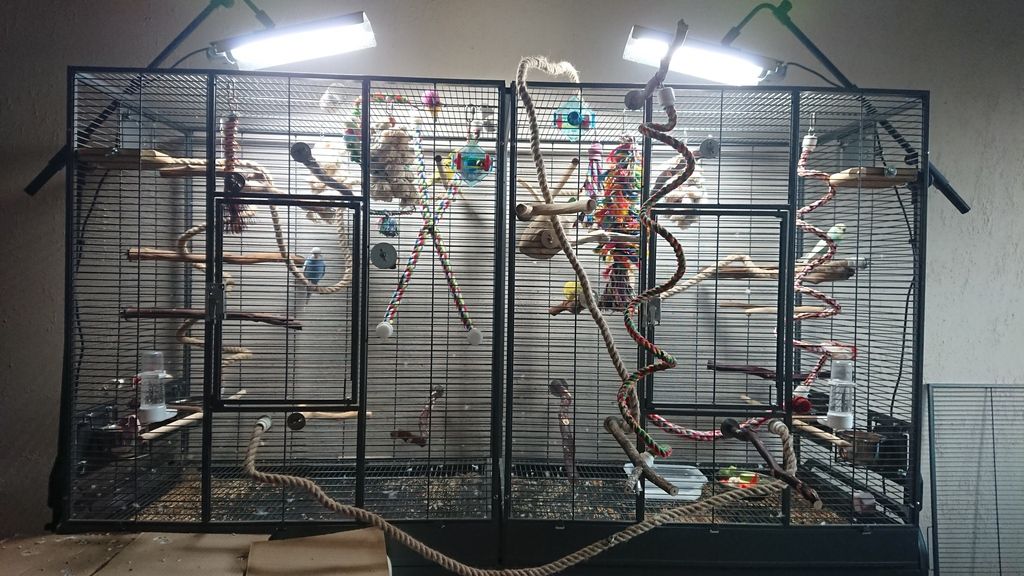Full spectrum lighting, by definition, always has some UVA/UVB. Anyone selling an FSL without the ultraviolet is actually selling a 'daylight' lamp (6000K) - which doesn't cost any more than a standard energy saving lamp.
The other thing to be careful of is the mains frequency. In the US this makes normal flourescent lighting flicker at 60Hz. Humans can't see this flicker but our birds can,and it can make them quite sick. So avian lighting is built to operate at a much higher frequency that can't be seen. The principle is the same as with public 'epilepsy safe' lighting.
It's not all about vit D3. Avian lamps also give off UVA light, which our birds can see. Without UVA you bird's vision is restricted on a similar level to being colourblind.
I advocate the
correct use of avian lamps. Never use the reptile/aquarium lamps, they can burn your bird.
Not only does vision improve, but also the energy levels of your birds. Feather plucking has also been eliminated in some birds by FSL.
Keep 'em happy, and all good things in moderation.




